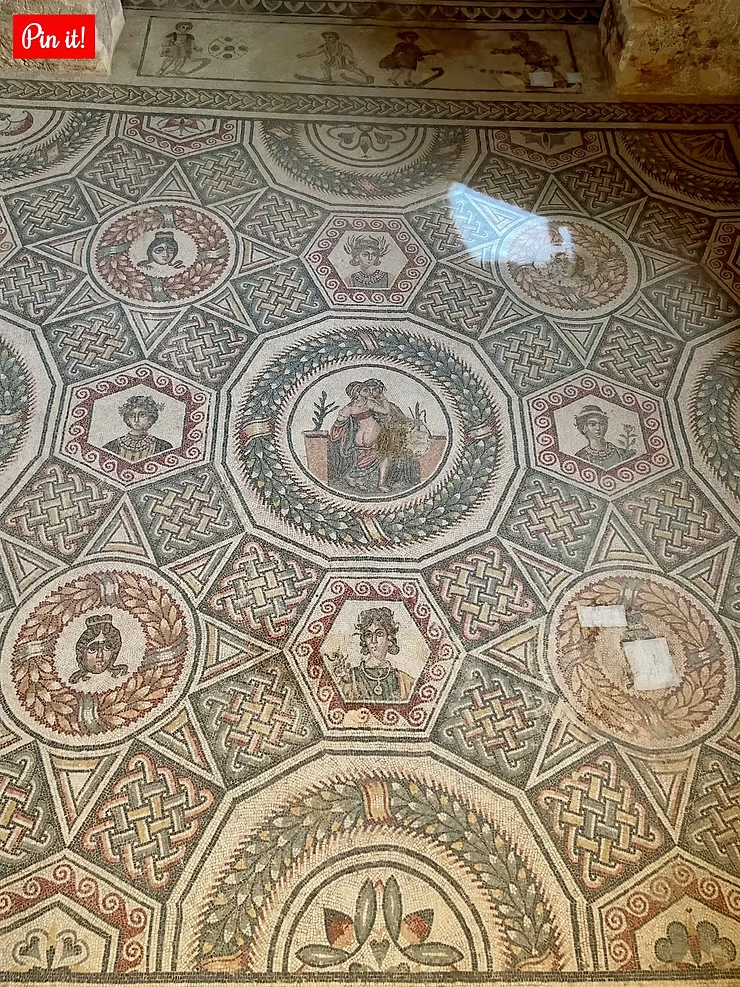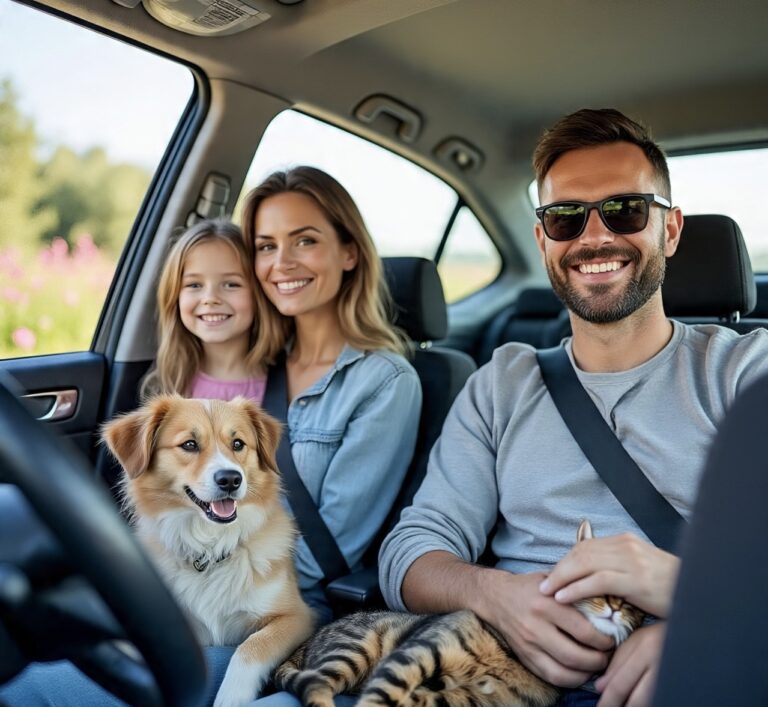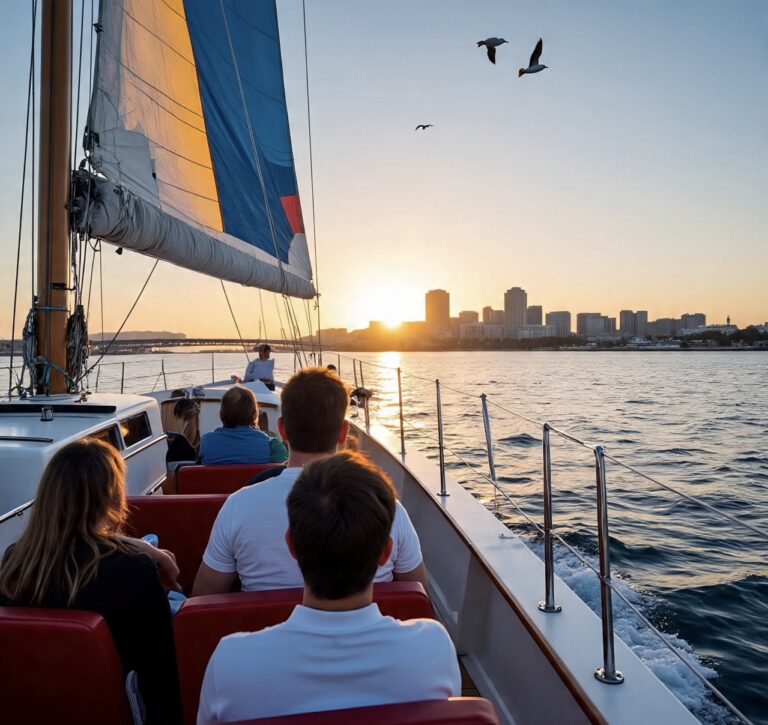Marketed for children and founded in Denmark, Lego consists of brightly colored, small, plastic, interlocking bricks that were developed to spark the creativity and imagination of the builder. We almost all grew up with them. I had a massive bin full of them, regularly building houses, cars, people, animals, zoos, and villages. My constructions, however, were small-scaled and I have FAR OUTGROWN my interest in these bricks, or so I thought. That being said, I was in awe of the Lego displays I viewed this past weekend in Nashville, Tennessee. Unexpectedly and very briefly finding myself in Nashville, I immediately headed to “MY Nashville oasis”, the Cheekwood Gardens, to view their summer display. Intermixed amongst their summer foliage and numerous blooms were massive, colorful Lego sculptures featuring Sean Kenney’s Nature POP! exhibition. While an obvious family-friendly spectacle, it goes without saying that I was undoubtedly more mesmerized by the complexity, sophistication, details, and artistry of the sculptures than were the MANY kiddos. They quickly looked at them and ran along, while I stood there studying them, reading about them, and taking photos.
Nature POP! is an exhibition of pop art. That is, art created about commonplace objects and people of everyday life. Many pop artists use bombastic, bright, eye-popping colors to challenge the viewers’ expectations about art. Andy Warhol, whom I blogged about months ago, was a master of this genre with his Campbell soup labels and Marilyn Monroe prints, for example. Nature POP! showcases Sean’s amazing artistic and engineering skills. His lego sculptures and bold color selections were very thoughtfully and specifically chosen to illustrate both his personal interpretations of nature as well as humankind’s connection with nature. Throughout its entirety, he challenged the viewer to consider each sculpture through the lens of an artist AND the lens of a scientist, which I really appreciated.
Let me give you a little taste of his whimsical exhibition.
Polar Bear (112,450 bricks, 389 hours)
The lens of an artist: The blue stripes were specifically selected to evoke the strata of a core of ice, as if the polar bear itself were forged from a glacier. This concept reflects on the loss of the polar bears’ natural habitat due to climate change and receding glaciers.
The lens of a scientist: Glacial ice looks blue because it is dense compact ice. This density allows it to absorbs the other colors of the spectrum (longer wavelengths) but REFLECTS or scatters the blue light (short wavelength).
Bald Eagle (22,200 bricks, 77 hours)
The lens of an artist: Sean used the colors of the rainbow to showcase his eagle, the national symbol of the United States. He chose the rainbow colors for it represents the pride movement. The sculpture artistically illustrates the American ideals of liberty and freedom to express oneself without fear of political persecution.
The lens of a scientist: while humans have over 200,000 vision cells at the most concentrated part of their retina, eagles have 1.5 MILLION! This allows a soaring eagle to find its prey from up to a mile above.
Dodo Bird (29,750 bricks, 76 hours)
The lens of an artist: the colored stripes evoke a sunset on the dodo bird’s body to metaphorically signify its extinction as a species.
The lens of a scientist: While they are often thought of as clumsy and awkward, dodo birds aptly evolved for their habitat. Their strong legs enabled quick maneuverability and their long, hooked beaks allowed them to defend themselves.
Lion (45,150 bricks, 167 hours)
The lens of an artist: A lion, typically tan-brown, blends in with its environment in sub-Saharan Africa. Its coloring works as camouflage. Sean’s lion, in bold red, highlights the natural world’s color of WARNING.
The lens of a scientist: The color red gets one’s attention. In nature, it can serve as a warning to predators that certain insects, plants, berries, or lizards are not pleasant to eat, and may perhaps even be poisonous. This is called aposematic coloration. (apo = away, sema = sign)
The Cheekwood Gardens are gorgeous. The 30,000 sq. ft. mansion on its surrounding 55-acre estate was built over three years beginning in 1929 as a private residence. It opened as a public institution in 1960. It is now a historic home that can be toured and serves as a venue for art exhibitions both inside the mansion and throughout its cultivated gardens. I previously have viewed a Chihuly glass sculpture exhibition, as well as a Holland-inspired tulip festival on its grounds. Both were fantastic. The current Nature POP! exhibition is equally spectacular! It was a joy to walk the grounds and see the bold-colored sculptures amongst the blooming southern Magnolia trees, the bright yellow sunflowers, and the gorgeous pink and blue hydrangeas. If you happen to be in the vicinity of Nashville, Tennessee, I encourage you to stop by Cheekwood Gardens and take a look at it. Sean Kenney’s Lego sculptures will be on display until September 5th.







